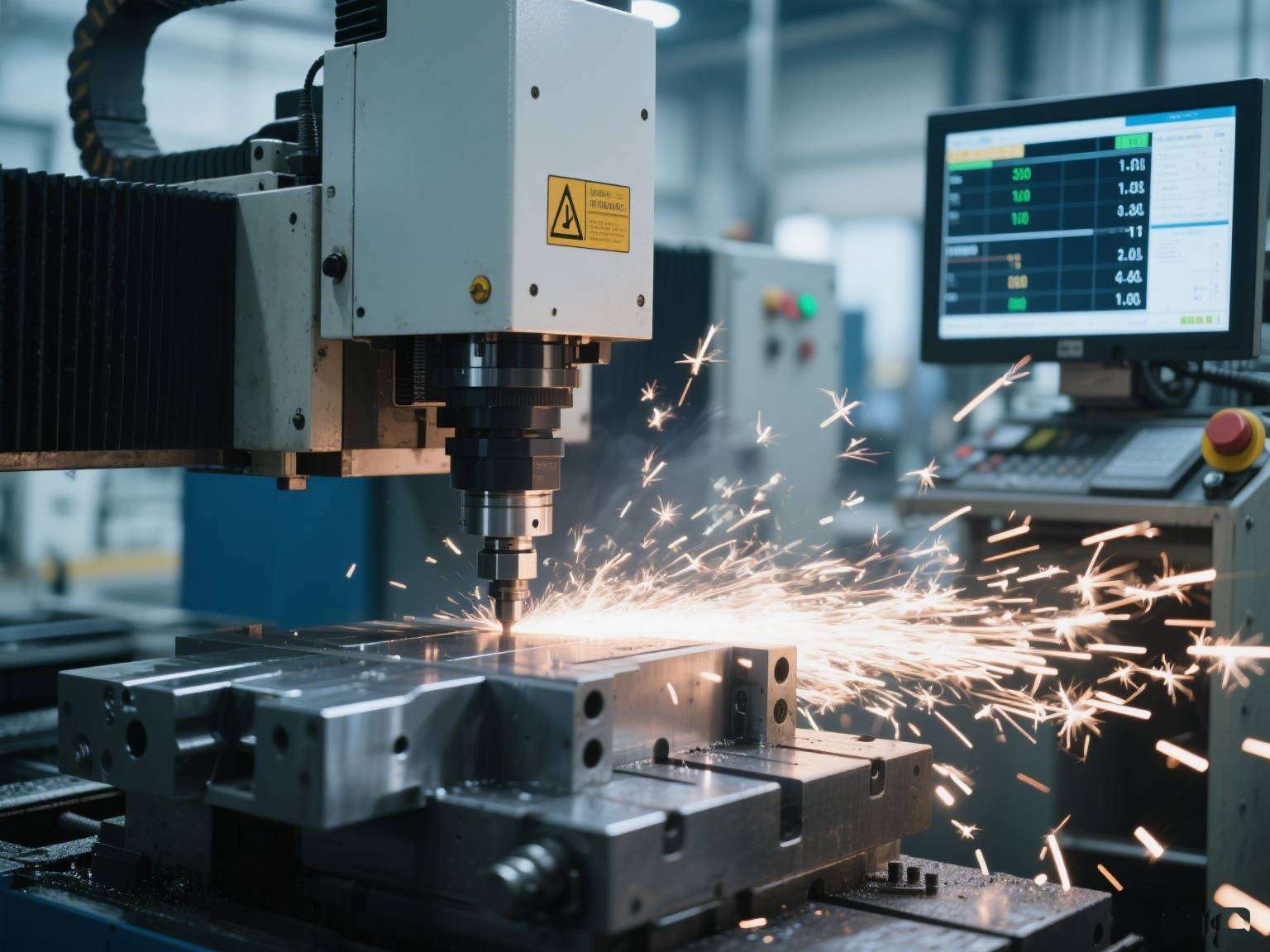
At an aerospace component factory in Dongguan, production managers grapple with the persistent challenge of Ti-6Al-4V machining – carbide tools require replacement after just 17 turbine discs due to flank wear exceeding 0.8mm. This scenario replayed daily across global supply chains until cryogenic technology changed the rules.
Titanium’s dismal thermal conductivity (16.7W/m·K) concentrates 85% of cutting heat within the tool-chip interface .
Conventional flood cooling vaporizes instantaneously above 600°C, accelerating chemical diffusion wear. Chengdu Aircraft Industry Group documented tool life plummeting to 15 minutes at 120m/min cutting speeds.
The integration of liquid nitrogen cryogenic delivery suppresses cutting-zone temperatures below 700°C .
More critically, synchronized spindle dynamic modulation (ramping from 15,000rpm in roughing to 50,000rpm for finishing) contains temperature fluctuations within ±20°C. A Zhuhai blade manufacturer achieved 322% extended tool longevity – from 18 to 76 workpieces per edge.
Medical implant makers in Shenzhen struggled with 65% yield rates due to stringent Ra≤0.4μm requirements. Conventional turning induced periodic chatter marks, pushing roughness to 1.6μm (4x beyond ISO 4287 medical thresholds) .
40kHz ultrasonic-assisted turning enables ductile-mode material removal:
The aerospace industry’s 72% adoption rate of pulsed lubrication reflects empirical validation. In Shaanxi engine disk machining, 5mL aerosol bursts (containing nano-MoS₂ additives) at 0.5-second intervals renew boundary lubrication films:

Baosteel Special Steel’s trials confirmed tool wear rate reduction from 0.12mm/h to 0.03mm/h in Ti-6Al-4V milling.
Engineer your precision advantage: www.simituo.com.